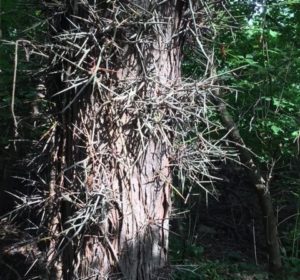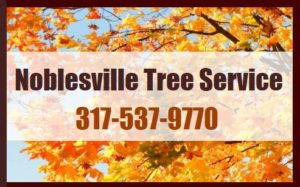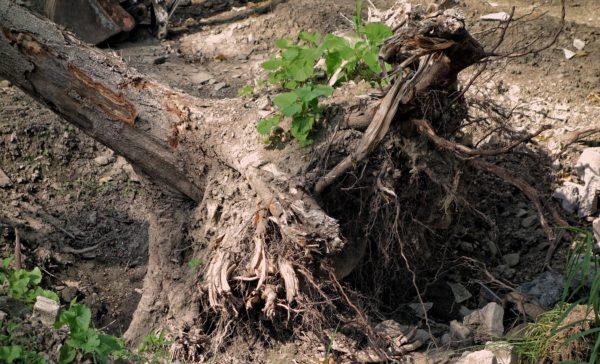
Epicormic Sprouts on an Oak Tree
Continue reading to learn more about epicormic shoots, and what you need to do if your tree is growing them.
Epicormic Sprouting
Epicormic sprouting, or shooting, starts with epicormic buds that are embedded underneath a tree’s outer bark. These buds, also known as “suckers” or “water sprouts”, develop when a tree experiences some sort of bark damage. Damaged tree bark that suddenly gets a lot of sun exposure may be more susceptible to epicormic bud growth.
What It Means
Epicormic bud growth is a sign of a distressed tree. Trees can become distressed for several reasons. Often times, trees that have been damaged in storms or land development fall victim to epicormic sprouting. Improper pruning and risky aesthetic tree care practices (i.e. lion-tailing) can also cause epicormic bud development because trees can naturally attempt to make up for the lost foliage.
Management
The problem with epicormic shooting is that cutting it off will only make more grow in its place. To treat a tree with an epicormic bud problem, you will need to hire a licensed Noblesville tree service company for professional advice and service. They are familiar with the proper pruning practices that prevent epicormic regrowth. To prevent epicormic sprouting in unaffected trees, be sure to provide the proper tree care they need to thrive, including watering, pruning, fertilizing, mulching, and more.
Who to Call For Noblesville Tree Service

Noblesville Tree Service 317-537-9770


